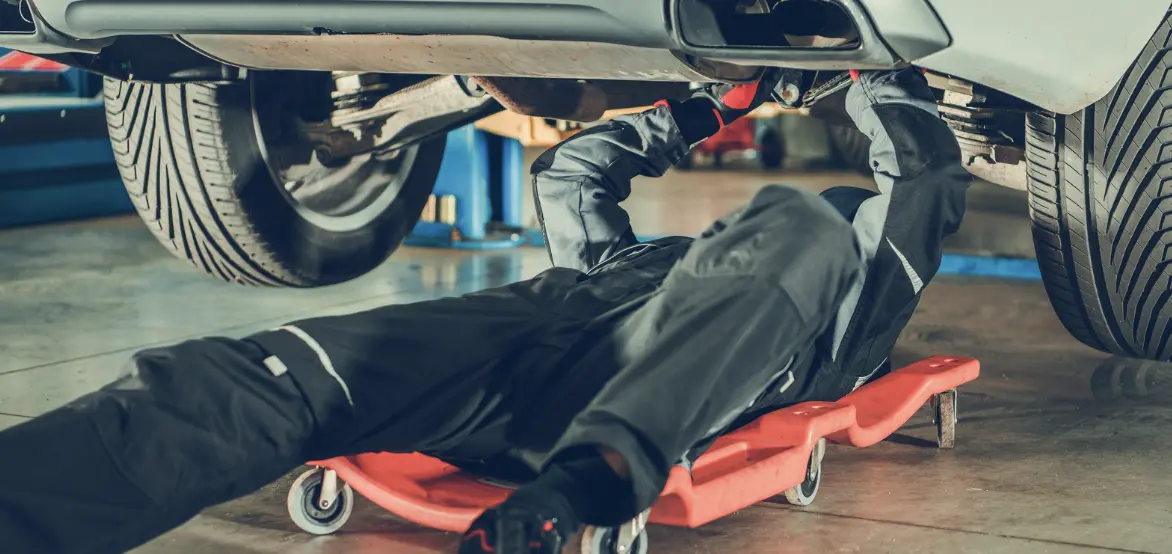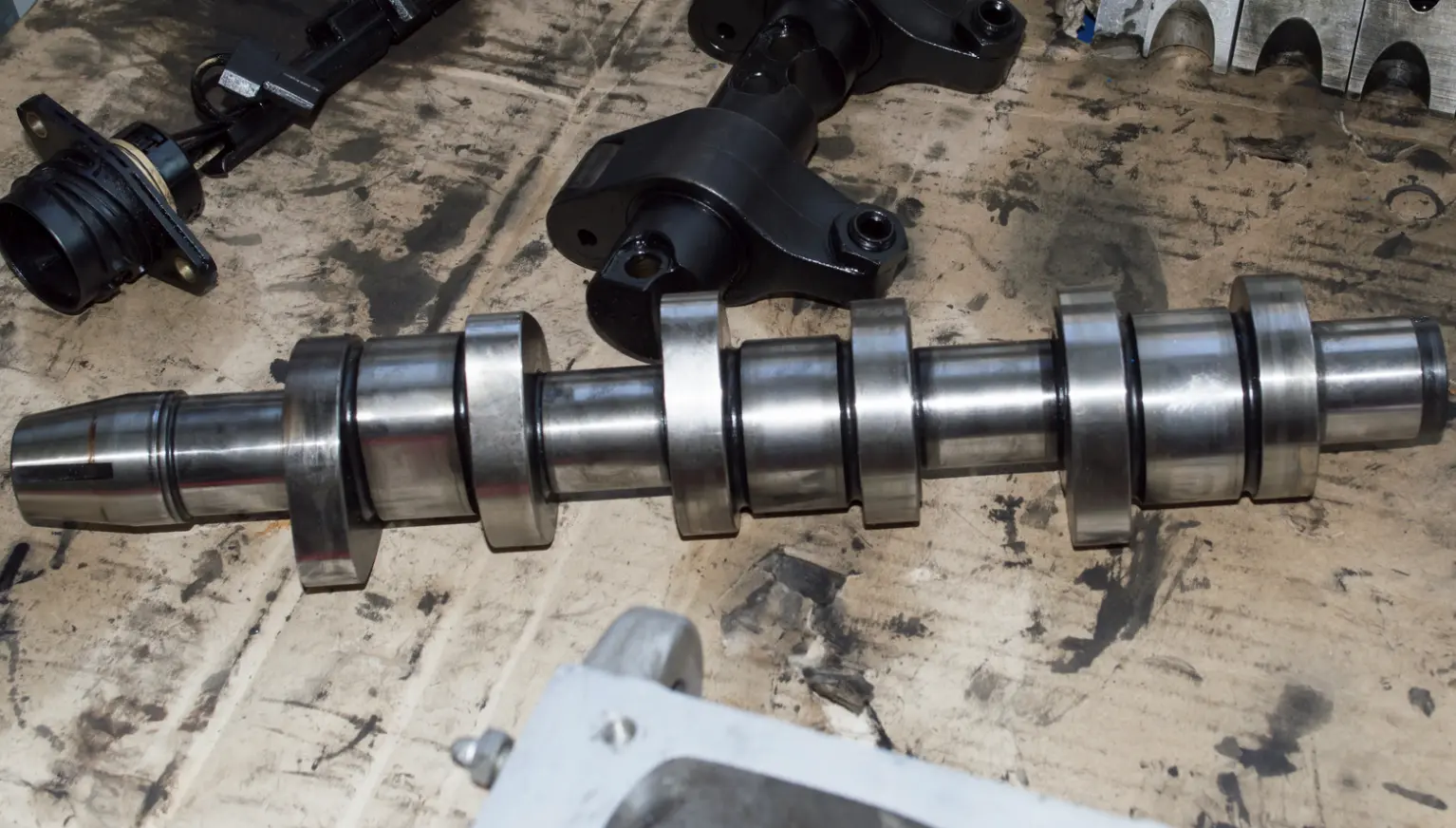There are all kinds of reasons you might want to take on some DIY car maintenance and repair. If you can do it yourself, you can potentially save money and in some cases time (if your mechanic of choice can’t get to your car for a week but you can handle the repair yourself, that’s less time without your car). But for some of us the desire to repair our own cars comes from a desire to learn more practical skills and become more familiar with these complicated pieces of mechanical equipment we use almost every day. Put simply, it comes from a love of cars. If you’re an aspiring DIY mechanic, here are some jobs to try doing yourself, some that you should more than likely always have done by a professional, and a couple to try one time just to say you did.
You Can Handle These
Headlights
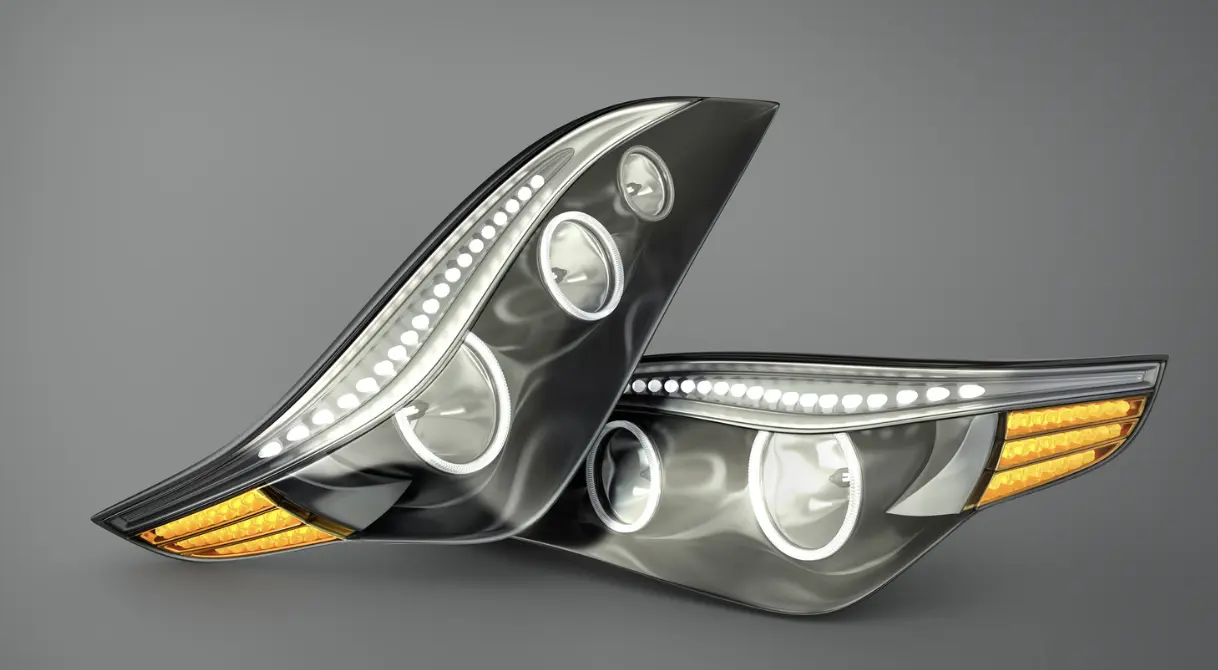
Learning to change your car’s headlights is a practical skill that can save you time and money, and it typically involves a few straightforward steps. The first step is to consult your vehicle’s manual for specific instructions related to your model, as access to the headlight assembly can vary. Many times this can be done without using tools of any kind (depending on how accessible the headlight housing in your vehicle is), and there are YouTube tutorials for specific brands and models that can give you a visual walkthrough.
Spark Plugs
This task is slightly more challenging than replacing headlights, but it’s still comparatively straightforward and can be done with a minimum of hardware. Learning how to change out spark plugs can contribute to the overall longevity and performance of your vehicle, and when you’re wielding that ratchet to get the old ones out and screw the new ones in you might just catch yourself feeling like a mechanic. As with all of these, consult resources on the web, like the In the Garage Blog and the expert customer service team at CarParts to get a more exact idea of what you’ll be doing.
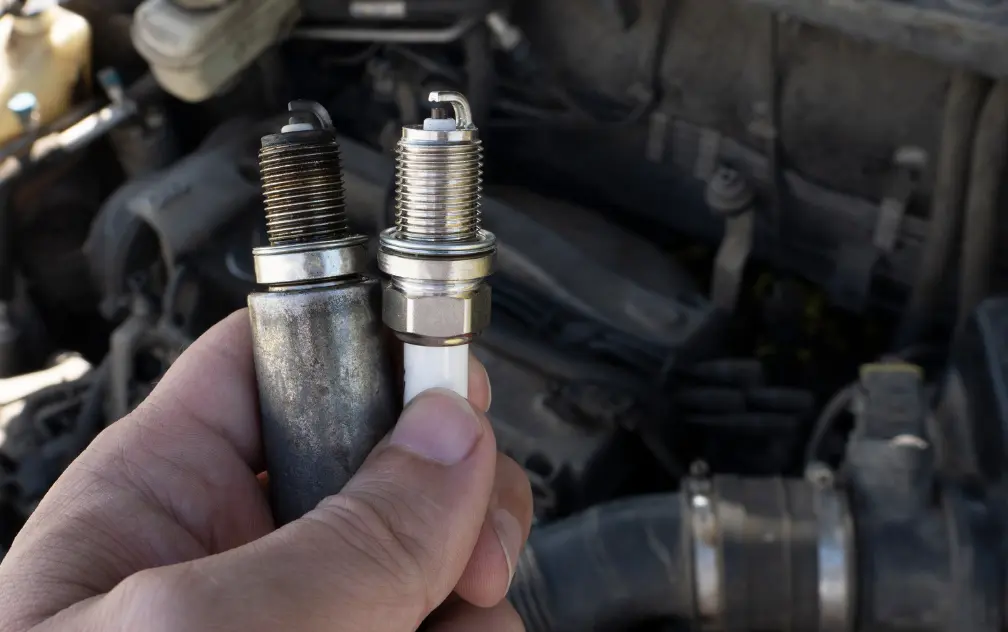
Change Oil
Changing your own oil is a rite of passage for the budding DIY mechanic. An oil change can set you back close to a hundred bucks (or more) depending on the needs of your vehicle, and because you absolutely need to change your oil after a specific amount of miles driven, it will guarantee you savings over the life of your vehicle to do it yourself. Because this one is such a common task there are also a ton of tutorials out there, which will help you bone up your skill before taking it on yourself.
Air Filters
One of the things you’re probably going to hear when you take your car in for the aforementioned oil change is that your car’s air filters could use replacing. Air filters are pretty cheap as parts go, but you will get charged a bit for the labor of installing a new one. The good news is this is a simple fix that almost any car owner can do themselves. Get in the habit of pulling them out and inspecting them when you are doing your own oil changes. If your filter is gray-ish or full of debris, consider replacing it. If in doubt, it’s an inexpensive part, so considering replacing it anyway.
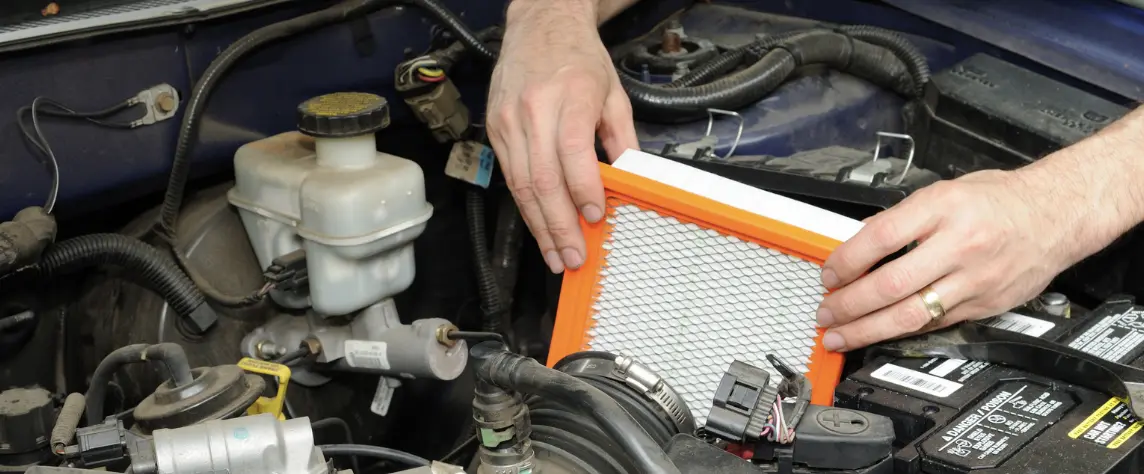
Flat Tire
Here’s one of those skills that all of us should know, but that we’ll hope we never need. Unfortunately if you do find yourself with a flat tire there’s a nonzero chance it’s going to happen while you’re heading down the road, meaning that you not only need to know how to change it, but you need to be able to do safely in what could be a chaotic environment, i.e. the shoulder of a four-lane highway. The less time you spend in this situation the better, so being able to change your own (not to mention making sure you have a reliable spare on you at all times) is a valuable skill.
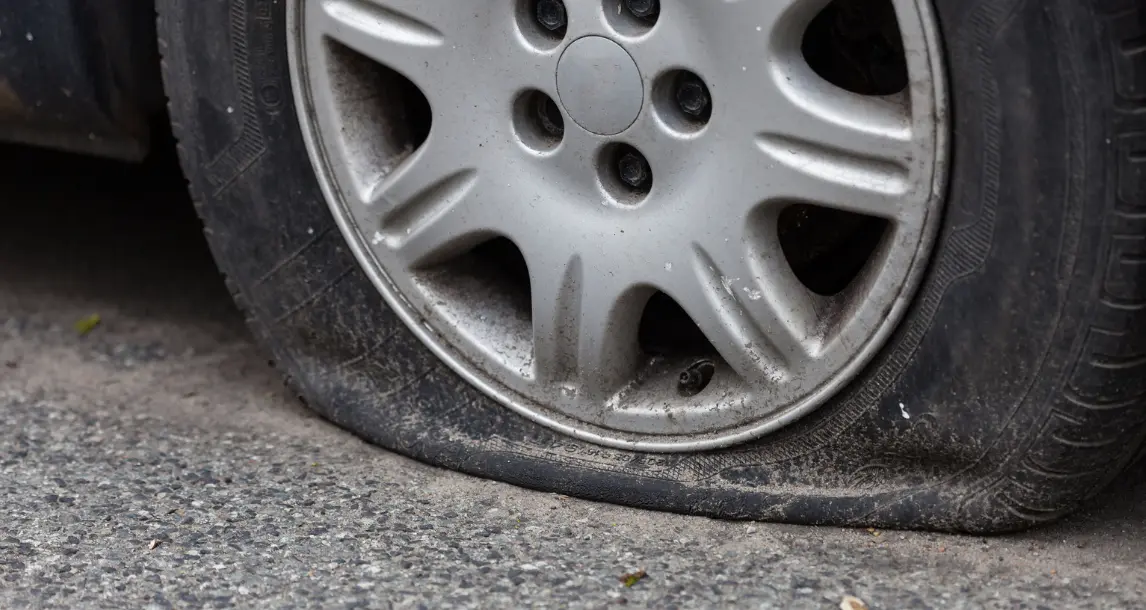
Jumpstart
Again, this one you hope you won’t need, but when you do it’s sure a lot faster to do it yourself than waiting around for roadside assistance or your friend who has jumper cables (although unless you carry a battery-powered starter, you’re going to need another car’s battery to perform this). Take extra care when doing this to make sure that you have the positive and negative charge lined up properly. The red cable/clamp should line up with the positive terminal on the battery, and the black should line up with the negative terminal. Whether your power source is a starter or the battery of another car, do not turn it on until the clamps are attached, and take care not to touch the ends of the clamps together when removing them.

Do Not Attempt
Timing Belt/Chain
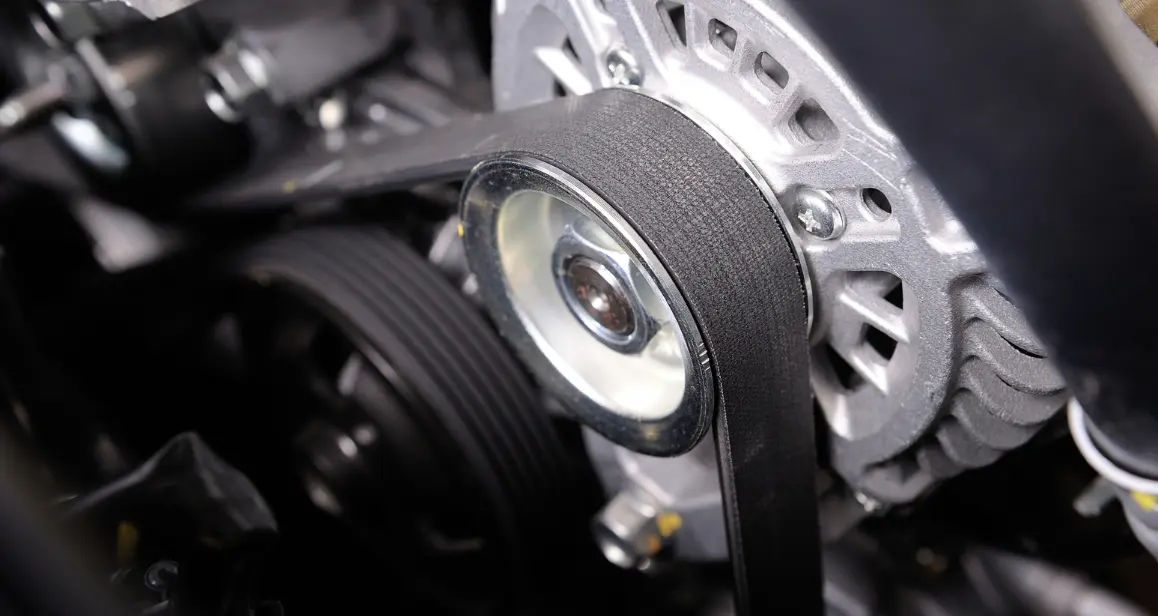
With these repairs, a fractional error can spell trouble, and although it can be a bit more straightforward on older cars where the part is more readily accessible, on modern cars it tends to be complicated just getting to the timing belt or chain. Unless you have professional guidance to walk you through and oversee you, you’re probably better off leaving this repair to the pros.
Transmission Repairs
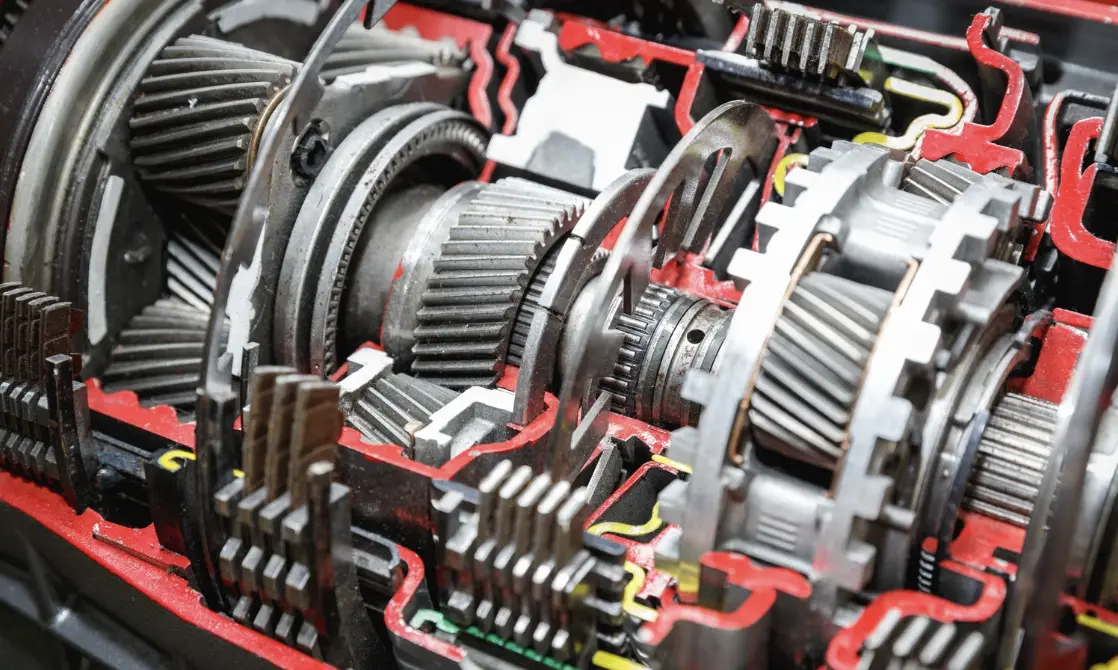
Unlike an oil change that you can perform on a lazy Sunday afternoon, transmission repairs tend to be time consuming and labor intensive. What’s more, an error on your part could have catastrophic consequences for your vehicle. Unless you’re a dedicated hobbyist and you’re in no rush to finish, you should consider getting professional assistance here.
Emissions
Technically speaking it’s not legal for you to work on or modify your vehicle’s emissions system, so go ahead and see your mechanic if you need some work done in this department.

Fuel System
Repairing your car’s fuel system on your own can be risky, not least of all because of the potential for fire and explosion due to the highly flammable nature of gasoline. Additionally, the complexity of modern fuel systems means that improper handling can lead to further mechanical issues, such as damaging sensitive components, leading to costly repairs. Moreover, incorrect repairs can result in reduced vehicle performance, increased emissions, and even failure to start. Probably better off going to a mechanic for these.
Radiator
Repairing your own car’s radiator can be risky because of the critical role the radiator plays in your vehicle’s cooling system. One major concern is the potential for causing further damage to the radiator or other parts of the cooling system if the repair is not done correctly. Mishandling could lead to leaks, which might not only require more extensive repairs later but also put the engine at risk of overheating. Overheating is a significant hazard because it can lead to engine failure, one of the most costly problems a car can have. Without the right tools, knowledge, or experience, what might seem like a simple fix could result in increased repair costs and safety hazards.
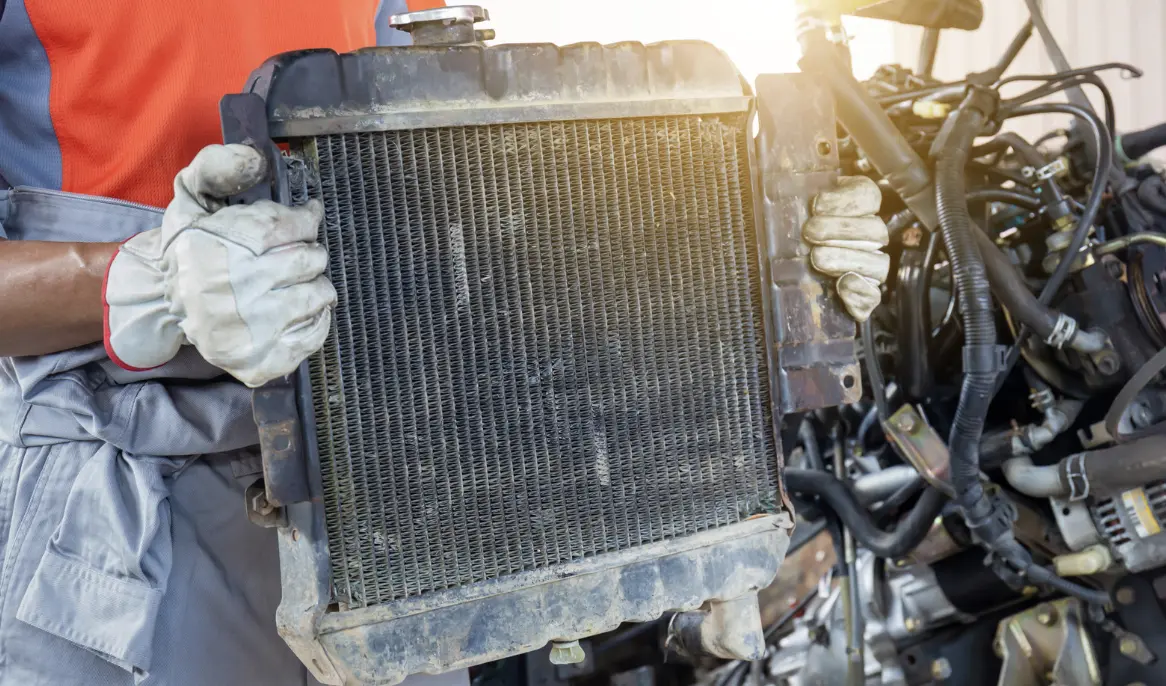
Give These a Shot
Brake Pads
Changing your brake pads could be considered a fairly major repair, and for reasons we hope are pretty obvious, the brakes are a crucial part of your car which need to be kept in good working order at all times. Bad or improperly installed brake pads can lead to you not being able to stop your vehicle, bottom line. That being said, with the right tools and know-how, this is an achievable piece of maintenance for the DIY mechanic. For safety’s sake if you do this repair yourself, test out your work on a flat (or better yet slightly inclined) area, moving at a slow speed. It wouldn’t be a bad idea to have a professional check behind your work here, too.
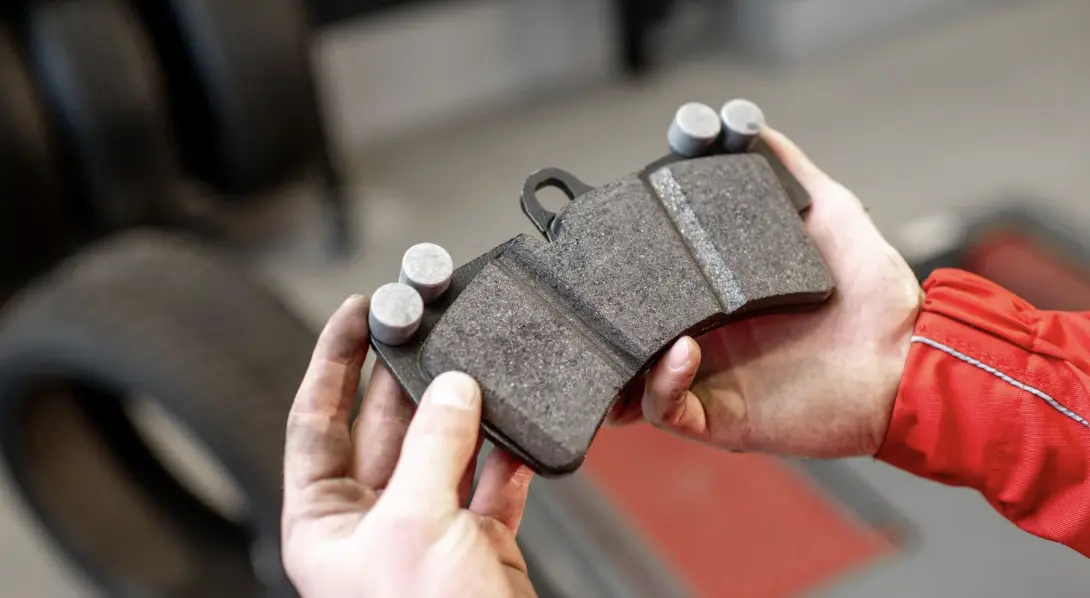
Serpentine Belts
Failure of the serpentine belt can lead to a loss of power steering, alternator charging, and air conditioning functions, and in cases where the water pump is driven by the serpentine belt, it can also result in engine overheating. Replacing a worn or damaged serpentine belt is a key maintenance task to ensure the reliable operation of the vehicle, and chances are if you are skilled enough to diagnose a faulty one you don’t need our permission to replace it yourself. Part of the trick with a repair like this is simply knowing how to get to the belt in question and comfortably replace it, but learning that part of the job by following a guide from a trusted source will increase your overall familiarity with your vehicle.

Anything You’re Comfortable With
The truth is you can try out anything you want when it comes to maintaining and repairing your vehicle. If your aspiration is to know your car inside and out, it might be a good idea to try things that at first feel outside your comfort zone, but always consult with an expert if you aren’t sure what you’re doing. If you want to learn more, one way to start is to simply ask detailed questions and ask your mechanic to show you specific things the next time your car is in for service. Before you take on a new job, however, make sure you have a good understanding of the risks if you get something wrong, and that you have a plan B if you need extra help.
